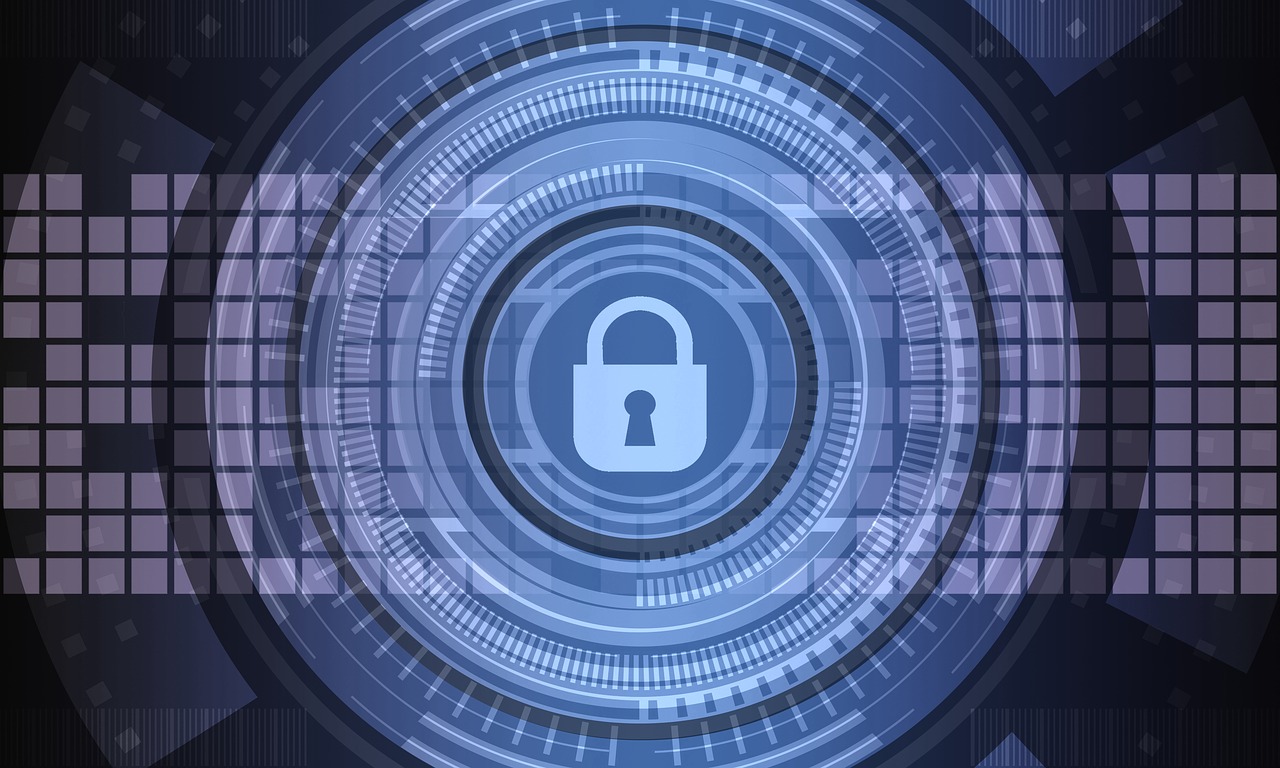
Artificial intelligence (AI) is now a foundational aspect of our lives.It demonstrates intelligence by machines. Artificial intelligence beautifully complements human intelligence, allowing us to do more with the information we have. When deployed with biometric Security System data, it can provide a genuine authentication solution. Biometric identity verification and its types such as facial recognition, fingerprint scanning, iris scanning are easy to fool by cybercriminals but when used with AI they provide a very sound authentication solution. AI and Biometrics can work together in the following ways:
Keystroke dynamics
Typing patterns vary from person to person so it can help to identify and authenticate people on the basis of typing patterns. Keystroke dynamics can identify individuals with the help of their speed, dwell time, and flight time. Dwell time measures the duration of a key being pressed and flight time is the interval between releasing a key and clicking another key. The time required for a person to search for the right key and the time spent while pressing the key can be calculated together to authenticate individuals. Keystroke dynamics can be used for multi-factor authentication along with PIN numbers or passwords. AI systems can track information about how individuals type and the time interval between two keys for the most frequently used keys to identify individuals.
Facial recognition
However, facial recognition can be easily tricked with the help of a video or a picture of the owner. In some cases, the face verification unlocks feature can also be fooled by the face of an owner’s sibling. Such incidents have also happened in the past due to inaccuracies in 2D facial recognition. Also, several law enforcement agencies use facial recognition with the help of surveillance cameras to identify criminals in public spaces but the entire face of a criminal may not be visible in public places. Hence, law enforcement agencies are looking for better alternatives as facial recognition technology fails at times.
Facial recognition can be more effective with the help of machine learning. AI uses 3D biometrics for successful face detection of a person and learns from millions of images. AI analyzes pictures of old people to recreate younger images of those people. With large available facial data, AI and biometrics can together create a more authentic model for face verification.
Voice recognition:
Several smart home devices such as Google Home and Amazon Alexa use voice and speech recognition for multiple tasks like answering queries, ordering products, and playing music.
But, this unlocking method can be inconvenient to use as it can fail while identifying the voice of a user and is unable to perform in noisy situations.
Using millions of voice samples of different users, AI in voice recognition can train the biometric systems. AI and biometrics like voice recognition can evaluate a person’s biometric voice signature by analyzing their voice patterns such as speed, accent, tone, and pitch. This biometrics can be fast and authentic to individuals accurately. This AI-based speech recognition can be used in the workplace for authentication and presence purposes.
Gait detection
Gait detection is a method that authenticates individuals based on the way they walk. This authentication technique has been researched for decades but it was never conventionally adopted. Gait detection can be a viable solution with the help of AI.
According to research from The University of Manchester, AI promises an accuracy of 99.3% when used in gait detection. The detection of AI analyses human steps using soil sensors. With AI, it is possible to detect the movement of the march for the security of the airport and to diagnose several medical conditions.
So, the combination of AI and biometrics can precisely verify the identity of individuals based on their physiological and behavioral traits. Hence, business leaders can introduce AI-based biometrics for their workplaces and customers to offer user-friendly and secure authentication protocols.
AI-powered biometrics may become mainstream soon as they provide more promising solutions. Biometric verification technology plays a vital role in providing security in different sectors so this technology must be secure enough.






